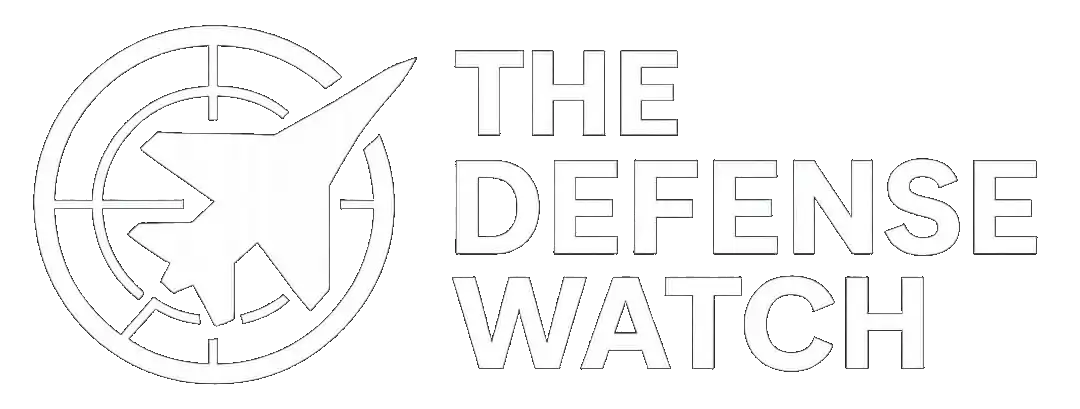A noted Chinese defence analyst has publicly criticised recent assessments claiming that the Indian Air Force (IAF) now surpasses the People’s Liberation Army Air Force (PLAAF) in overall capability. The comments come after the World Directory of Modern Military Aircraft (WDMMA) ranking placed India third globally—with a TruVal Rating (TVR) of 69.4, ahead of China at 63.8. In Beijing, the reaction has been dismissive of the ranking and sceptical of the underlying methodology.
Background
According to the WDMMA ranking, the IAF—which operates approximately 1,716 aircraft—scored higher than the PLAAF in the TVR, despite China’s larger overall inventory. The TVR metric takes into account not just fleet size but also aircraft mix, logistics, modernization, training and domestic aerospace-industry capability. Chinese media outlets, including state-affiliated commentary, have challenged the validity of the ranking and suggested that “paper rankings” do not equate to actual combat capability.
Details of the Reaction
In an article titled “Why China Is Rattled at India’s Rise in Global Air Power Rankings”, defence-industry commentator Ravi Shankar noted that Beijing’s annoyance reflects the erosion of the PLAAF’s self-image as Asia’s air-power benchmark. Chinese official commentary described the ranking as “meaningless” and cautioned that such comparisons may lead to “dangerous miscalculations”. The crux of the critique is that while the IAF may present strength in balance and modernization, this does not necessarily translate into direct superiority in a scenario involving the PLAAF’s larger fleet, advanced platforms and integrated systems.
One Chinese analyst stated that: “Militaries should be assessed on real combat performance rather than paper strength.” This aligns with broader Chinese commentary that emphasizes operational experience, tested systems and integrated networked warfare over statistical indices.
Meanwhile, the WDMMA data underpinning the claim highlights that although China possesses a larger total number of military aircraft (5,357) compared with India’s 2,488 across services, the IAF’s strength in component balance boosted its TVR. Specifically, India’s mix — roughly 31.6 % fighters, 29 % helicopters and 21.8 % trainers — was cited as evidence of a more balanced air-force structure. In contrast, China’s proportion of fighters was higher, but its fleet reportedly showed less balance in special-mission, training and transport assets.
Expert/Policy Perspective
From a strategic perspective, the Chinese reaction underscores concerns in Beijing that an elevated Indian air-power ranking may shift regional perceptions and influence coalition building in the Indo-Pacific. As one policy observer noted, placing India ahead of China in air-force rankings “suggests a recalibration in Asia’s balance of air power”.
Another viewpoint emphasises that such rankings, while useful for external audiences, must be treated with caution. According to the WDMMA itself, unmanned aerial vehicles (UAVs) are currently not fully accounted for in its methodology — a potential limitation especially given China’s significant UAV development. Therefore, analysts in Beijing argue that the PLAAF’s broader integration with unmanned assets, long-range strike systems and networked command and control may not be fully reflected in the TVR.
In New Delhi, Indian officials have welcomed recognition of the IAF’s progress but emphasised the need to continue modernization, increase squadron strength and develop indigenous platforms. Analysts in India stress that surpassing China in rankings does not remove the need for further capability expansion and readiness.
Impact and What’s Next
The Chinese defence analyst’s commentary signals that even as New Delhi celebrates its rising air-power ranking, Beijing is carefully managing narrative and perception. The conversation is not simply about numeric ranking but about strategic signalling: a publicly elevated ranking for the IAF may influence procurement decisions, alliance flows and regional deterrence postures.
For India, the challenge remains to convert improved rankings into tangible operational readiness — maintaining squadron numbers, accelerating induction of new fighters, and expanding logistics and sustainment infrastructure. For China, the message is clear: Beijing will continue emphasising operational depth, integrated systems and combat-proven capabilities rather than relying solely on rankings.
In the broader regional context, this development may drive both countries to accelerate modernization, sharpen training, and invest more heavily in next-generation air-power assets and allied interoperability. Observers will watch closely whether the IAF can maintain momentum and whether the PLAAF responds with visible shifts to modernisation, force posture or public assessments of capability.


4 comments
[…] manufacturing experience stems in large part from the licensed production of the Su-30MKI for the Indian Air Force (IAF). The Nashik facility, which has produced Su-30MKI aircraft, was judged “ideal” for the […]
[…] analysts view the new air base as part of India’s broader strategy to improve border infrastructure, including roads, […]
[…] AssessmentHowever, military analysts caution that intervention carries grave risks: a drawn-out conflict, civilian casualties, and the […]
[…] Military analysts note that while U.S. forces have reduced large-scale combat operations, small-unit engagements remain high-risk, especially in regions with lingering insurgent activity. […]